You’ve probably heard all the arguments why you should go to college, but not enough people talk about why you shouldn’t go to college.
That’s why we’ve compiled a list of 101 reasons not to go to college.
1. Most people don’t go to college to learn. If that were true, more people would sit in on lectures for free or educate themselves online.
2. You don’t need to go to college to have “the college experience.” You could live in a college town, attend football games and go to parties and get the whole experience without paying for college.
3. There are plenty of other ways to meet people your own age. You could get a job, take a class, volunteer, join a bootcamp, join a sports team, attend Meetups, or work out of a coworking space – to name a few.
4. College takes a “one-size-fits-all” approach that doesn’t take individual interests into account.
5. Everyone has different learning capabilities and what works for some learners won’t work for others. College doesn’t take this into account, using arbitrary standardized tests to measure capability.
6. Learning out of genuine interest is far more valuable than learning out of a sense of obligation.
7. Nearly a third of college freshmen drop out before the end of their first year.
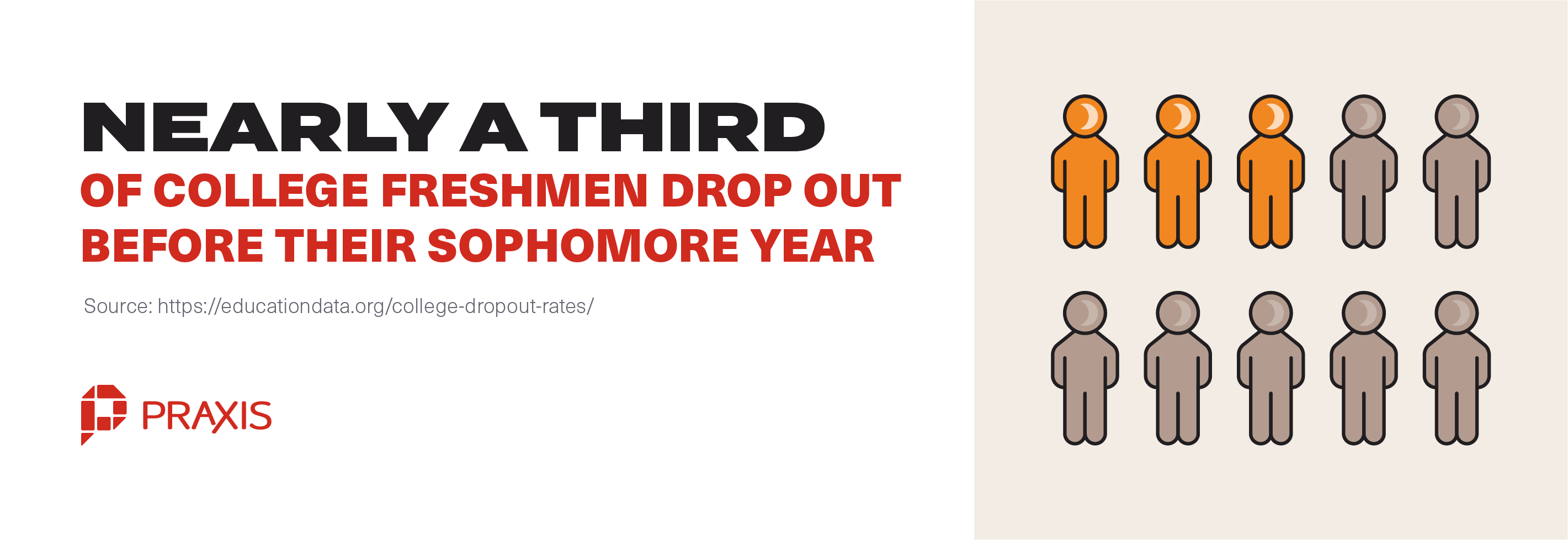
8. Many colleges are adopting virtual/online teaching in the wake of the COVID-19 pandemic. Paying full tuition for “Zoom University” if you’re not getting the full college experience seems like a bad deal.
9. Most colleges haven’t quite figured out the whole “online education” thing yet, which means you won’t learn as effectively.
10. Many companies, including Apple, Tesla, Google, and many others, are no longer listing degree requirements in their job descriptions.
11. Most job degree requirements aren’t set in stone and there are ways around degree requirements if you have the skills and experience the company is looking for.
12. Unless you’re dead-set on becoming a doctor or following another career path that legally requires a college education, you can learn everything you need to know through self-directed education.
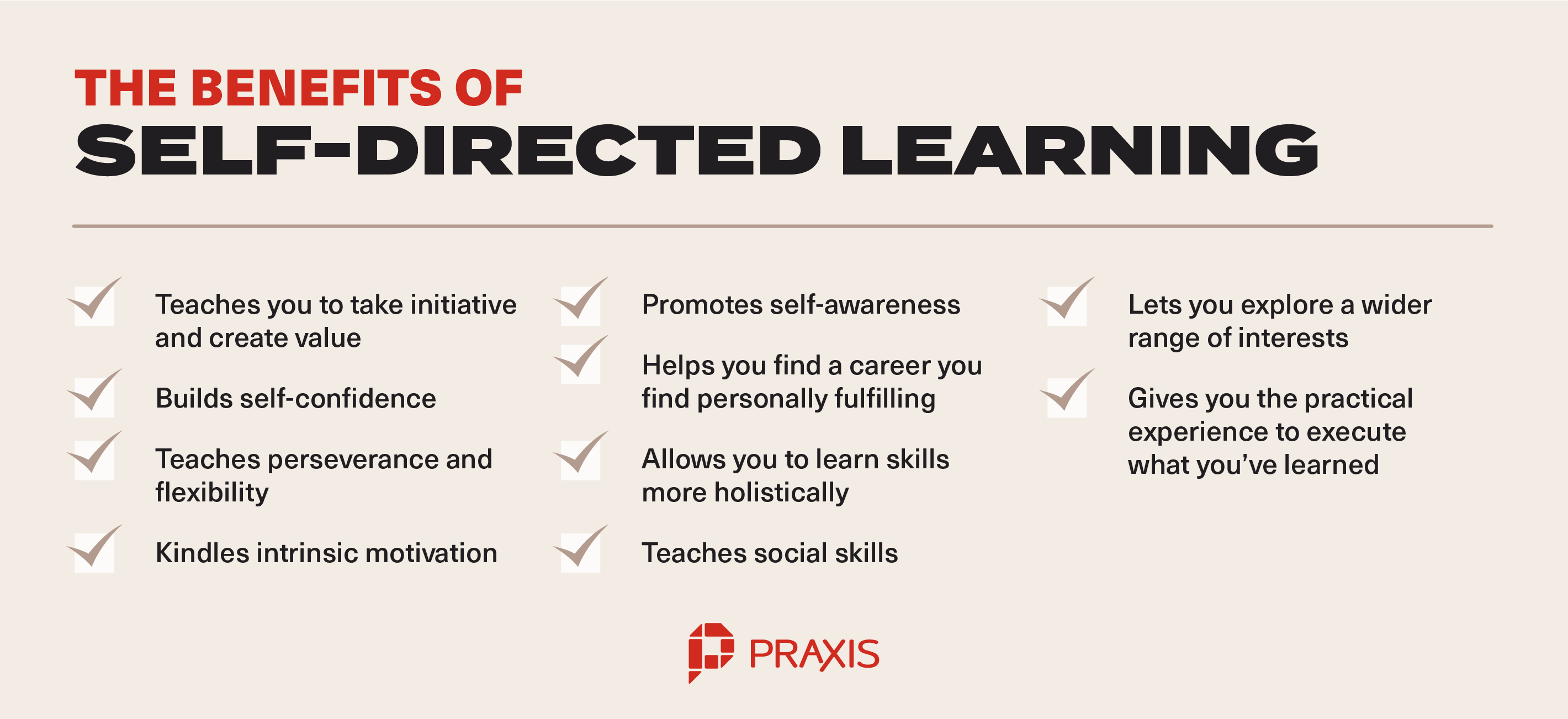
13. There are so many great learning materials available online that are free (or at least far cheaper than college). Think online courses, YouTube, podcasts, blogs, ebooks, etc.
14. 90 percent of human resource leaders surveyed by Learning House said they’re open to hiring candidates without a four-year degree.
15. There are better, cheaper, faster ways to “find yourself” and explore what your interests are than going to college.
16. You don’t need to go to college to move away from home.
17. School doesn’t teach you how to think.
18. College keeps you in a prolonged state of childhood that inhibits your growth.
19. College makes you risk-averse, which can make you slow to take initiative because you’re always waiting to be assigned a project.
20. Like K-12, college teaches you to seek external validation instead of cultivating intrinsic motivation.
21. There are plenty of alternatives to college.
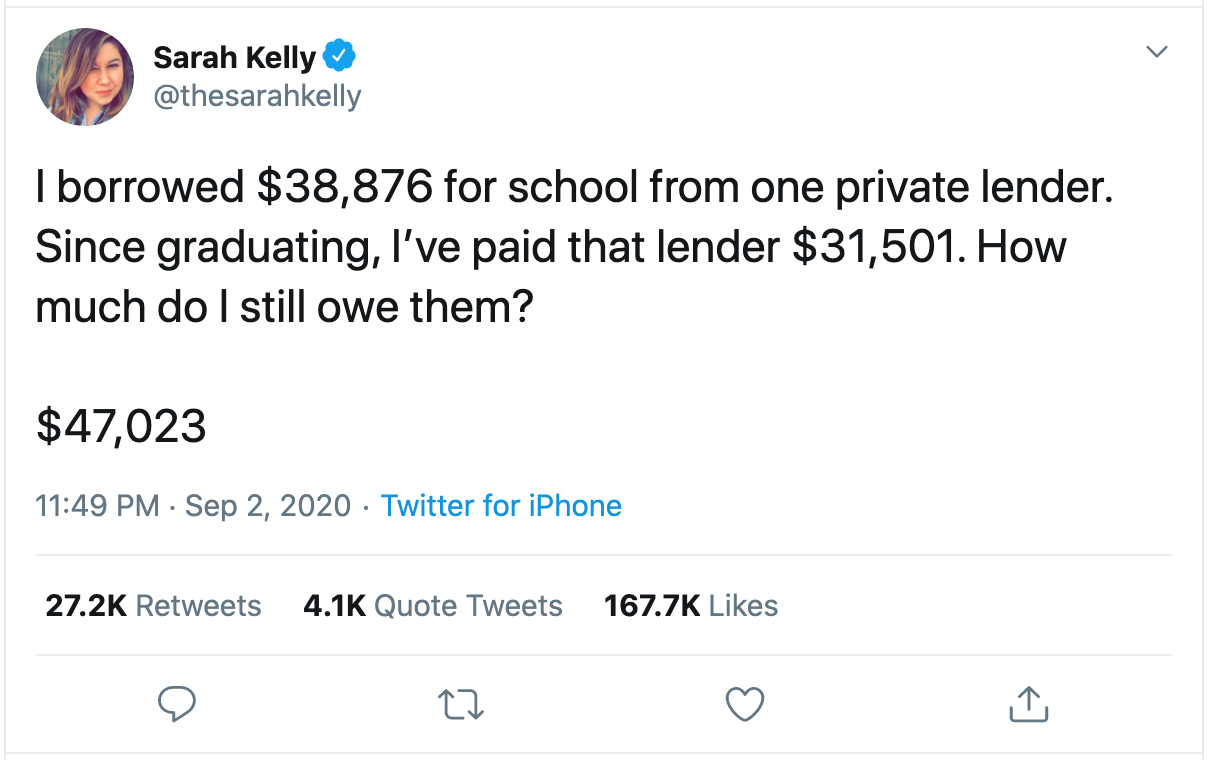
22. You might not have an accurate idea of how student loan debt and interest work.
23. The national average cost to attend a four-year institution is $26,120 per year, bringing the current total cost of attendance to an average of $104,480 over four years. And that’s not including interest.
24. The average private college tuition clocks in at $36,801 per year, with at least 120 ranked private colleges charging more than $50,000 per year.
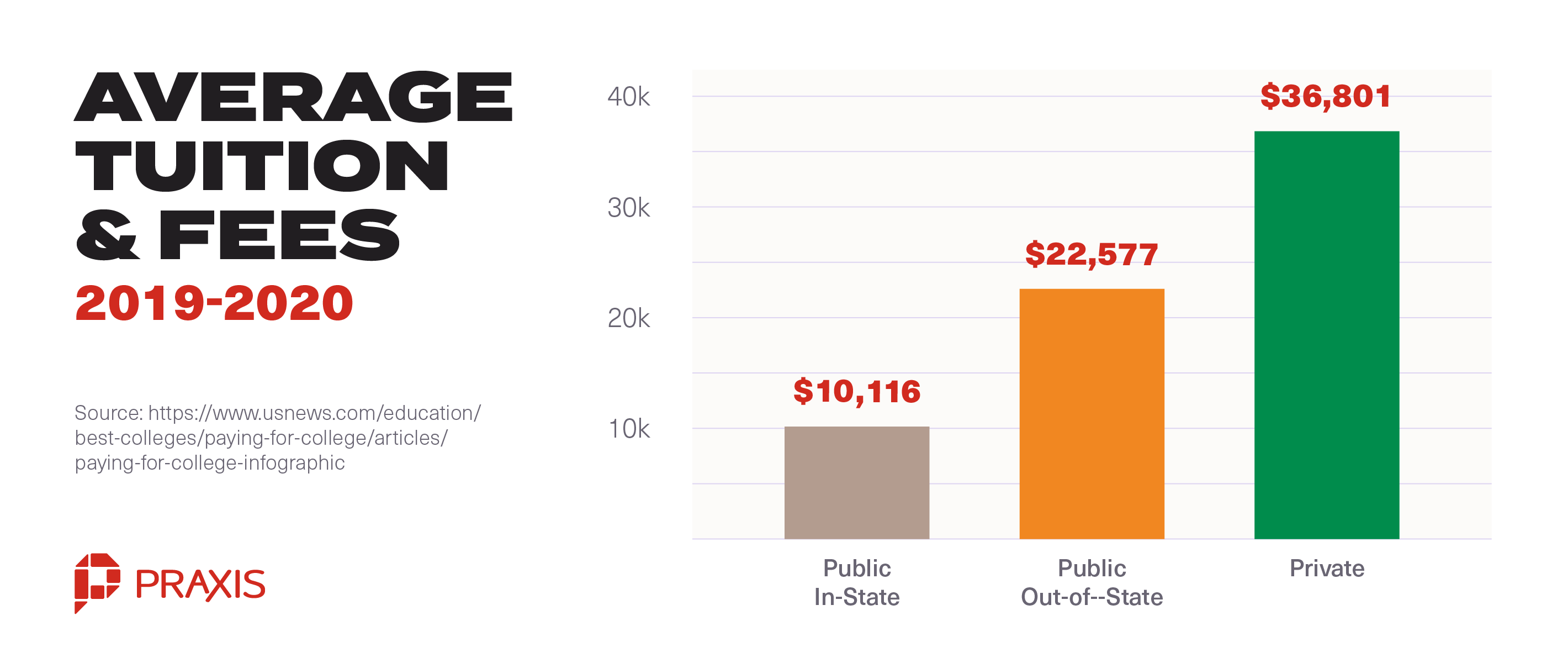
25. According to the Washington Examiner, some 68% of Americans don’t have a bachelor’s degree.
26. 49 percent of college educators say post-secondary education isn’t necessary to a person’s success in life.
27. Across all types of colleges and universities, about 40% of students who enroll will fail to complete their degree program within eight years, and few ever come back to finish what they started.
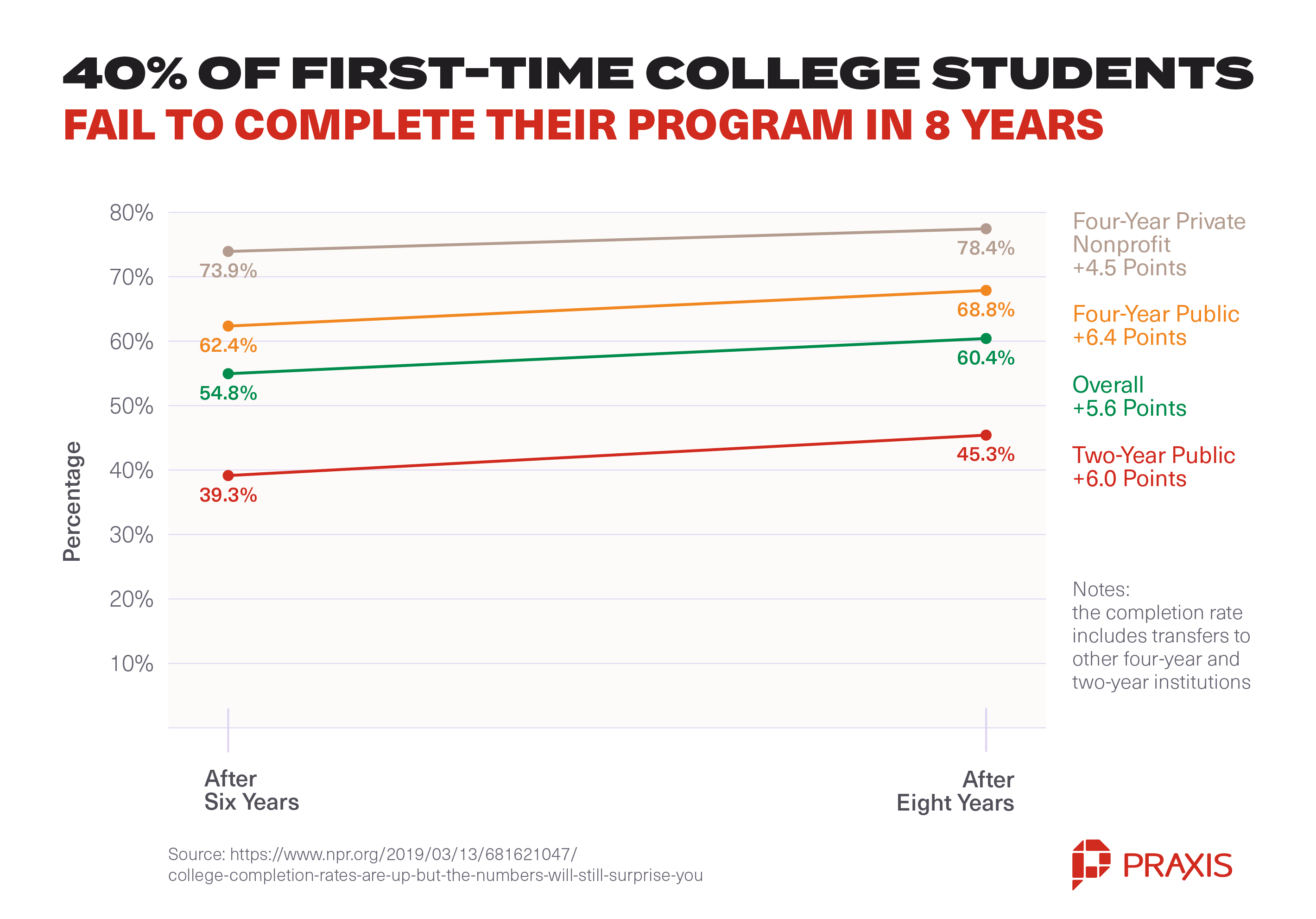
28. Approximately 23% of students drop out during their fourth year.
29. College students drop out for a number of reasons, including financial pressure, academic pressure, and struggling to find their feet socially.

30. Nearly a third of billionaires in 2016 didn’t graduate from college.
31. You don’t have to be a billionaire to be a college opt-out success story. Plenty of successful people haven’t gone to college. Read their stories.
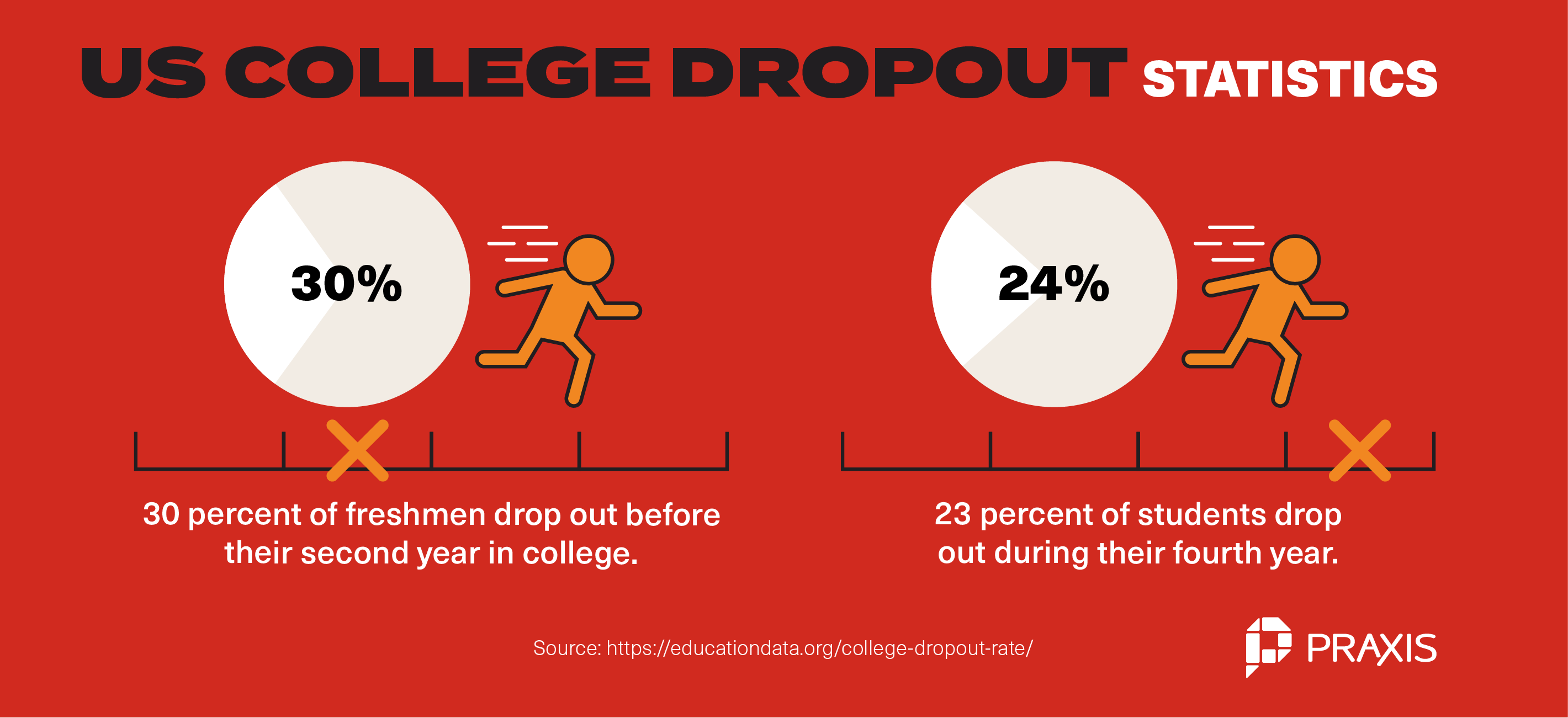
32. 53 percent of college grads are unemployed or working in a field that doesn’t require their degree.
33. Once you get your foot in the door at a company you want to work for, it’s entirely possible to move laterally into an entirely different role if you’re proactive and show them that you’re an effective employee who can create value.
34. According to a report by the Institute for the Future (IFFT) – a nonprofit panel of 20 tech, business, and academic experts – 85 percent of the jobs of 2030 haven’t been invented yet.
35. The world of work is changing rapidly. According to the World Economic Forum, skills – not degrees – will shape the future of work.
36. According to US Labor Department projections, 63 percent of all new jobs that will be created through 2020 won’t require a college degree.
Enjoying this content? Drop your email below and we’ll send you our best free resources on succeeding without college:
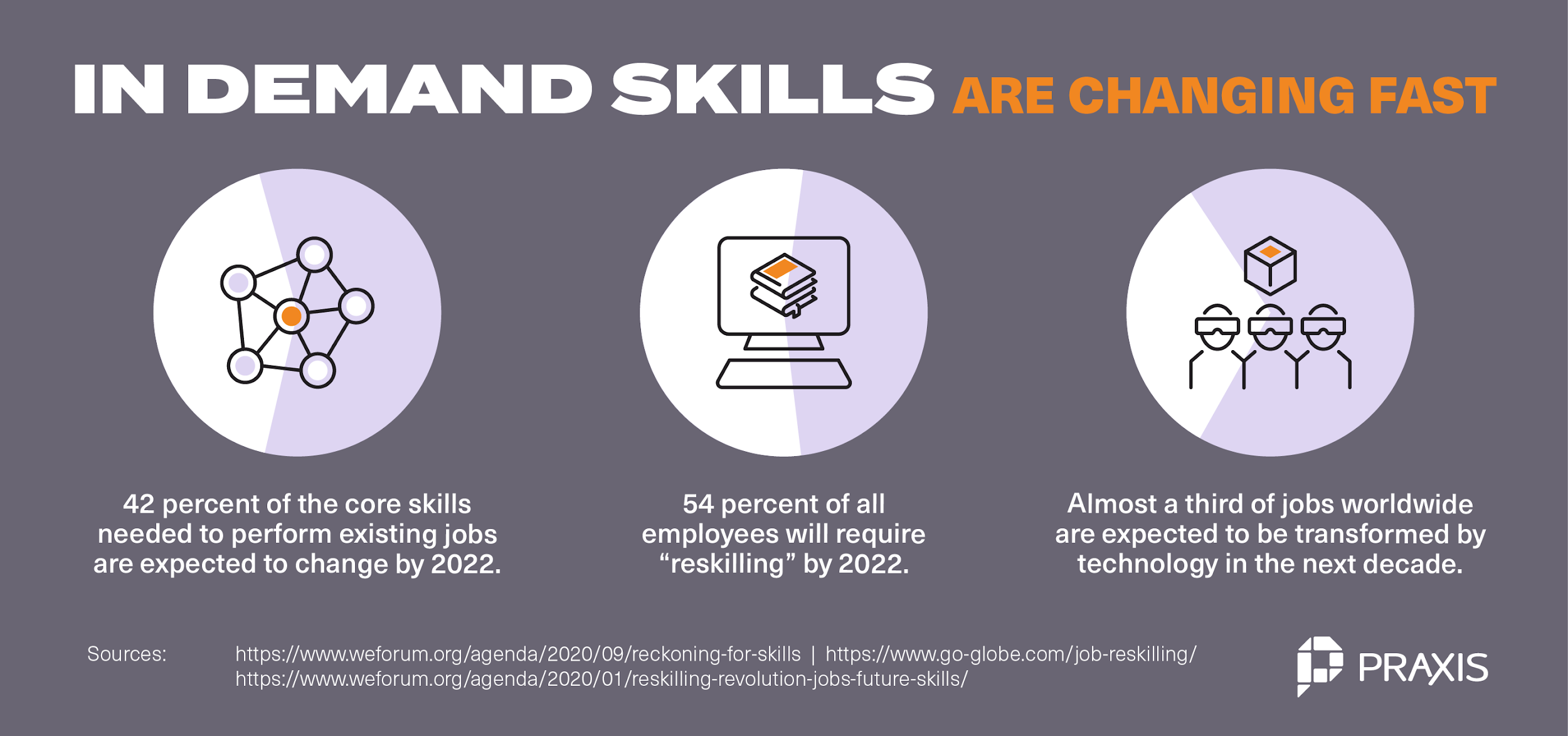
37. Most of us are likely to change careers 5-7 times in our lifetimes, and about 30 percent of the workforce is expected to change jobs or careers every 12 months. The idea that you’ll do what you studied for the rest of your life is outdated.
38. College is not the best route to building a successful business, according to successful entrepreneurs like Elon Musk, Gary Vaynerchuck, Steve Jobs, and many others.
39. If you want to learn about business, you’ll learn more working in a sales or customer service role than going to business school.
40. Only around 44 percent of entrepreneurs have a college degree of any kind.
41. Great ideas can’t always wait four years, and putting your ideas and projects on hold while you go to college can have a huge opportunity cost. Someone else might develop your idea first, or market conditions (or you) might change so that your idea no longer seems like such a moneymaker by the time you graduate. Or worse, you might leave college loaded with debt and end up taking the first job offer you get just to make ends meet and forget all about your great idea.
42. In 2018, the majority of graduates from half of America’s colleges earned less than $28,000 per year, according to a Third Way report.
43. A recent survey found that on average, college graduates make about $11,600 (or 19 percent) less per year than they expected.

44. 32 percent of college-educated individuals say they never found jobs related to their field of study.
45. 93 percent of near-graduates believe they’ll get a job related to their studies within 6 months of graduating; but, only around 60 percent do.
46. You won’t necessarily make more money if you go to college. Data from the U.S. Bureau of Labor Statistics reveals that the top 25 percent of high school graduates outperform the bottom 25 percent of college graduates.
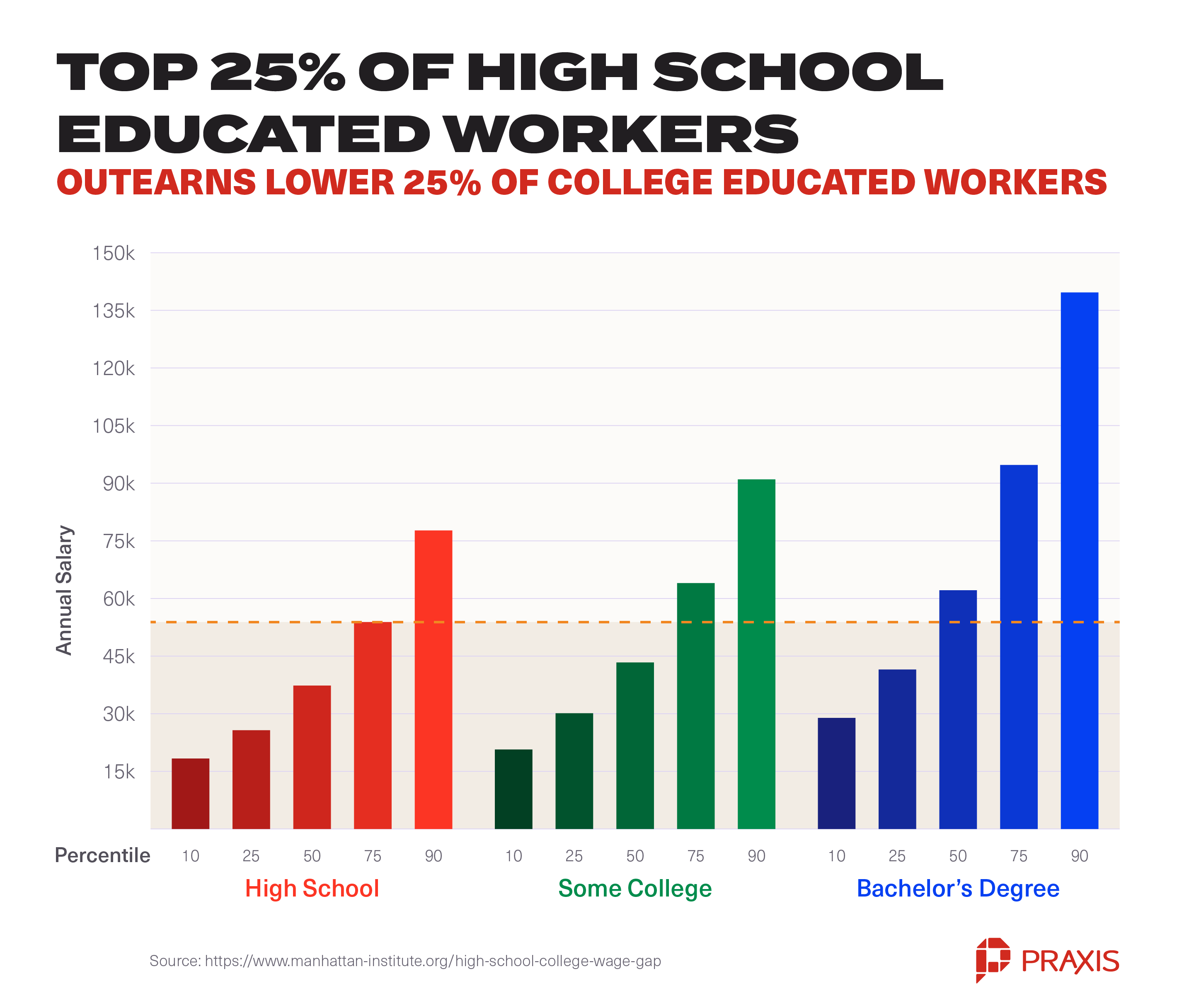
47. According to data from the CPA+ standardized test, which measures how students’ capabilities improved between freshman and senior years, college doesn’t teach students crucial skills like critical thinking, analytical reasoning, and writing and communication.
48. At over half of U.S. colleges that participate in the CLA+ exam, more than one-third of seniors “were unable to make a cohesive argument, assess the quality of evidence in a document, or interpret data in a table.”
49. 50 percent of employers surveyed by PayScale believe that graduates aren’t adequately prepared for the workplace.

50. The top three skills employers name as lacking are critical thinking and problem solving, written communication, and public speaking.
51. College predominantly focuses on theory and not enough on practical application.
52. The best way to learn is through practice in real-world situations, and college doesn’t provide enough opportunities for this.
53. 54 percent of employers provide additional training to new hires to make up for the lack of qualified candidates.
54. College doesn’t teach you the crucial soft skills and hard skills valued by employers. In fact, according to research by Pearson Business School, HR professionals say that only 13% of graduates are “ready to hit the ground running” when they enter the workforce.

55. College is not the real world and unless you’re aiming to go into academia, the college experience doesn’t prepare you for the realities of the career you’re pursuing. College campuses are isolated communities that are not representative of how the real world works.
56. With the pace at which the world (and technology) is changing, many college curricula are wildly outdated and the lecturers are often out of touch with what’s currently happening in their industry.

57. If you’re considering college as a way to build a professional network, keep in mind that a network of peers your own age (and at the same professional level) will likely take many years to yield returns. You’d be better served building a diverse network through varied work experience.
58. 37 percent of employers say experience is the most important qualification in a job applicant, according to a study by The Harvard Business Review.
59. The downside-to-payoff-ratio for going to college is too high. It’s better to make choices with low downsides and high potential payoffs.
60. Underemployment among college graduates is high (43 percent!). That means many college grads are working jobs that don’t require a college degree.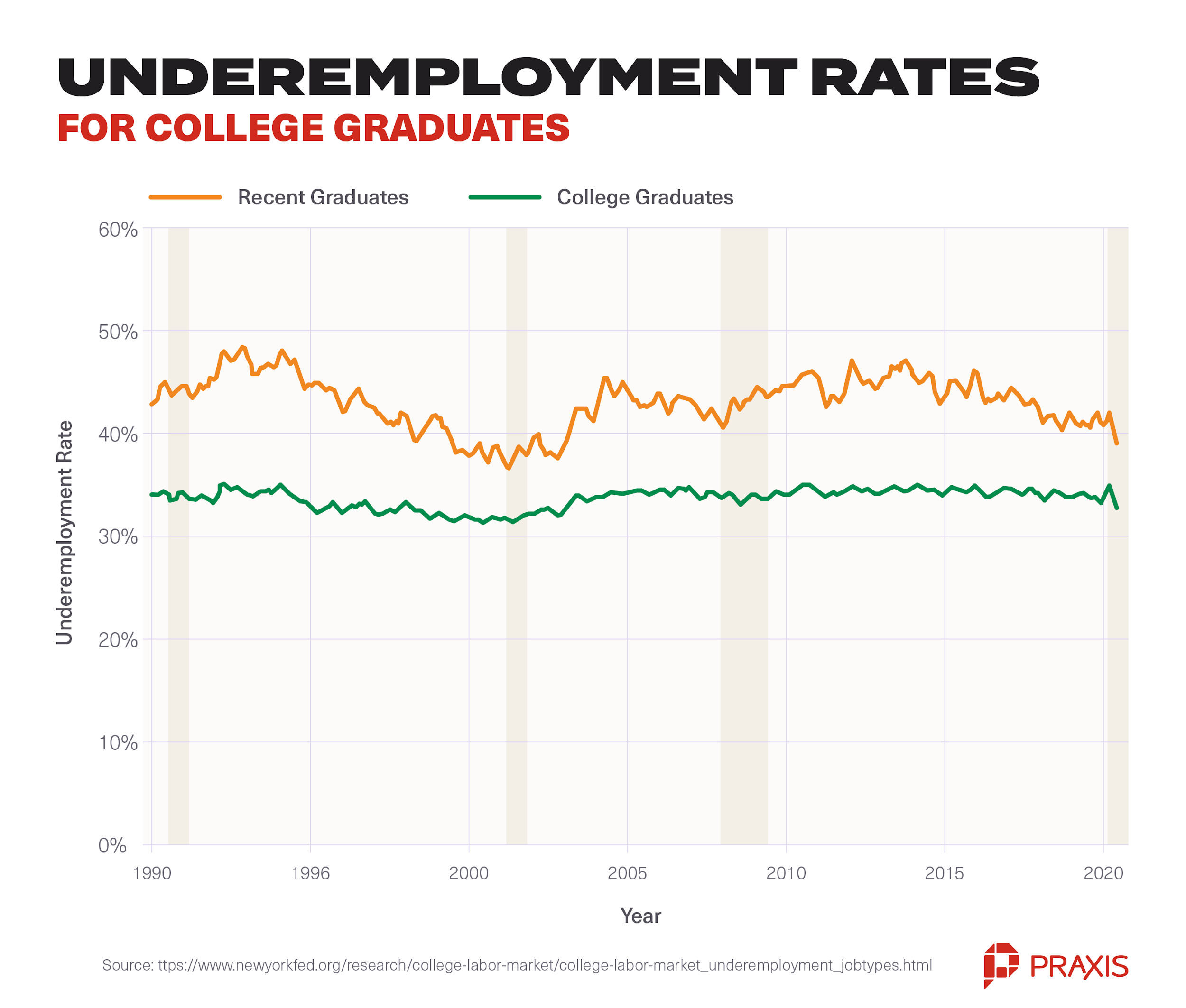
61. Going to college because your family, friends, teachers, guidance counselors, or anyone else in your life says you should is not a good enough reason to go.
62. eLearning programs are on the rise, with a forecasted 10.9 percent annual growth rate through 2025.
63. You’ll learn more about your career of choice (or your career options) through job shadowing, interning, and talking to people in that line of work about the ups and downs of the job.
64. Internships increase your chance of getting hired, and 56.1 percent of 2019 internships converted into full-time roles.
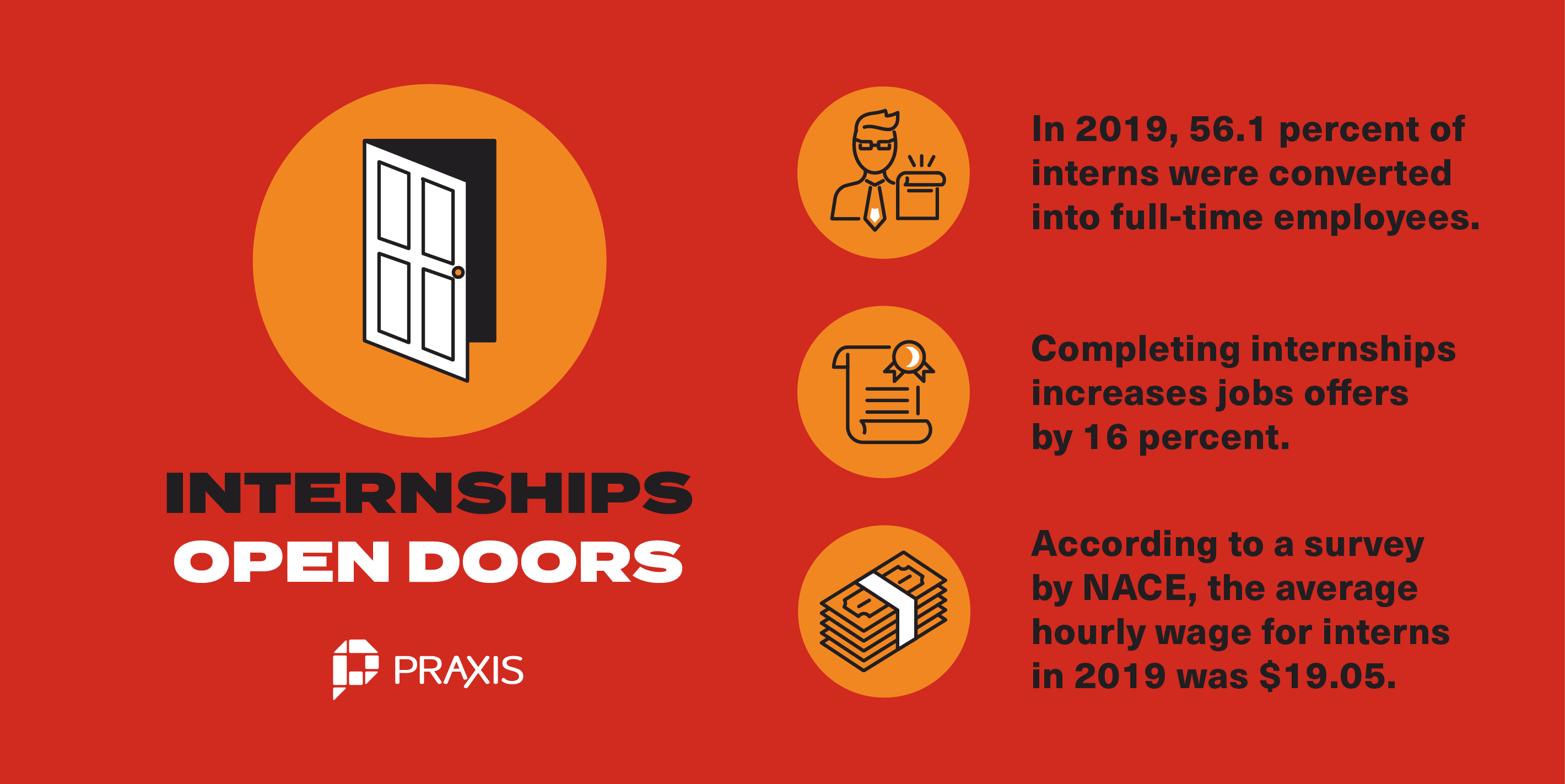
65. Colleges subsidize tuition in order to qualify for charity status and tax breaks, which really makes you wonder whether they’re artificially inflating tuition fees for nefarious reasons.
66. Between 1989 and 2016, the cost of attending university grew eight times as much as the average wage increase. In 1989, the average cost for four-year college education came to $26,120 ($52,892 adjusted for inflation). In 2016, that same four-year education averaged at $104,480. That’s an annual growth rate of 2.6 percent, compared to a median wage growth rate of just 0.3 percent.

67. The costs of attending both public and private colleges have increased by more than 25% in the last ten years.
68. More than 40 U.S. schools charge more than $250,000 for a four-year degree, according to US News and World Report data. And costs are rising not only for tuition and fees but also for textbooks and housing.

69. More than 44 million Americans are saddled with student loan debt.
70. The average student with college loan debt owes a whopping $32,731 at 5.8% interest. That means a $360 monthly payment for 10 years with over $43,212 repaid when it’s all said and done.
71. A recent survey found that on average, near-graduates estimate that it will take six years to pay off their student loan debt, while data shows that 20 years is a more realistic estimation.
72. Americans owe some $1.56 trillion in student loans.

73. As of 2019, an estimated 22% of all Americans with federal student loan debt are in default on their loans, and some think the total number of borrowers in default will rise to 40% by 2023.
74. Defaulting on your student loans affects your credit score and can set you back financially for many years.
75. On average, near-graduates estimate that it will take six years to pay off their student loan debt. Meanwhile, research shows it takes the average graduate with a Bachelor’s degree 21 years to pay off their loans. That means the actual cost of that $32,731 loan at 5.8% interest is $55,376.
76. With the $1.56 trillion owed in U.S. student debt, you could buy:
-
- 1,56 billion iPhone 12 Pros.
- 44,57 million Tesla Model 3s.

77. According to a recent report by Strada Institute for the Future of Work and Burning Glass Technologies, more than three-quarters of the 40 percent of college graduates that take jobs that don’t require a college degree straight out of college are still in the same job ten years later.
78. 70 percent of polled college students and recent graduates say that they have difficulty finding affordable insurance.
79. College not only postpones the start of your career by four years, but the debt incurred also leads to graduates delaying a number of key milestones including homeownership, marriage, and having children.
80. A recent study by the Federal Reserve found that around 20 percent of the decline in homeownership rates among millennials can be directly attributed to student debt – representing some 400,000 graduates.
81. A recent study by LendKey Technologies found that one-third of respondents under the age of 34 would postpone marriage until their student debts are paid off.
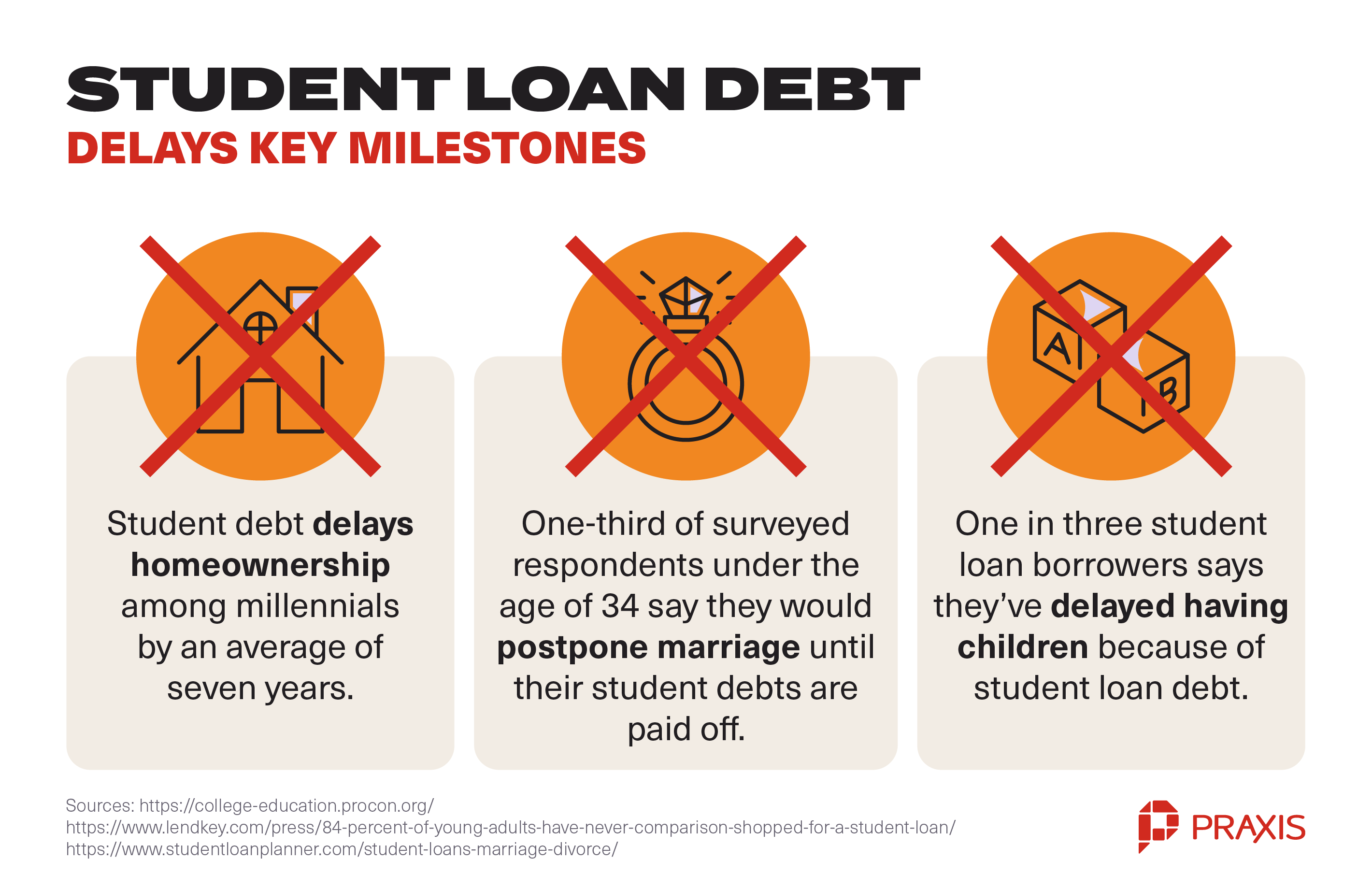
82. In a recent survey, 61 percent of surveyed college students said they’d take a job they’re not passionate about to pay off their student loans. The pressure to pay towards student loans each month can really limit your career growth by making you afraid to leave a job where you’re underemployed or unhappy because you need income security.
83. Going to college and accruing debt delays the onset of investing by several years, and the earlier you start investing, the more you earn in the long run thanks to compound interest.

84. Apprenticeships are gaining traction in America – in the 2019 financial year, 252,000 individuals started apprenticeships. There are around 25,000 registered apprenticeship programs in the U.S. today, and In FY 2019, 3,133 new apprenticeship programs were launched – representing 128% growth since 2009.
85. In Germany, around 60 percent of young people train as apprentices in fields ranging from banking to manufacturing, to I.T. – compared to just 5 percent in the US.

86. With 35 percent of U.S. adults over the age of 25 holding a college degree, a bachelor’s degree simply isn’t worth much as a signal anymore, unless you went to a top-tier school and you were at the top of your class.
87. Only 5 percent of two-year college students graduate on time. In 2015, 59 percent of Bachelor’s students took 6 years to complete 4-year degree programs.
88. Only some 45 percent of students get their qualification from the first college they attended.
89. Four years of college amounts to 8,000 hours. In his book Outliers, Malcolm Gladwell popularized research by Anders Ericsson, a Swedish performance researcher who studied the history of elite performers across many disciplines. He found that many elite performers broke through around the point they reached 10,000 hours of dedicated practice.
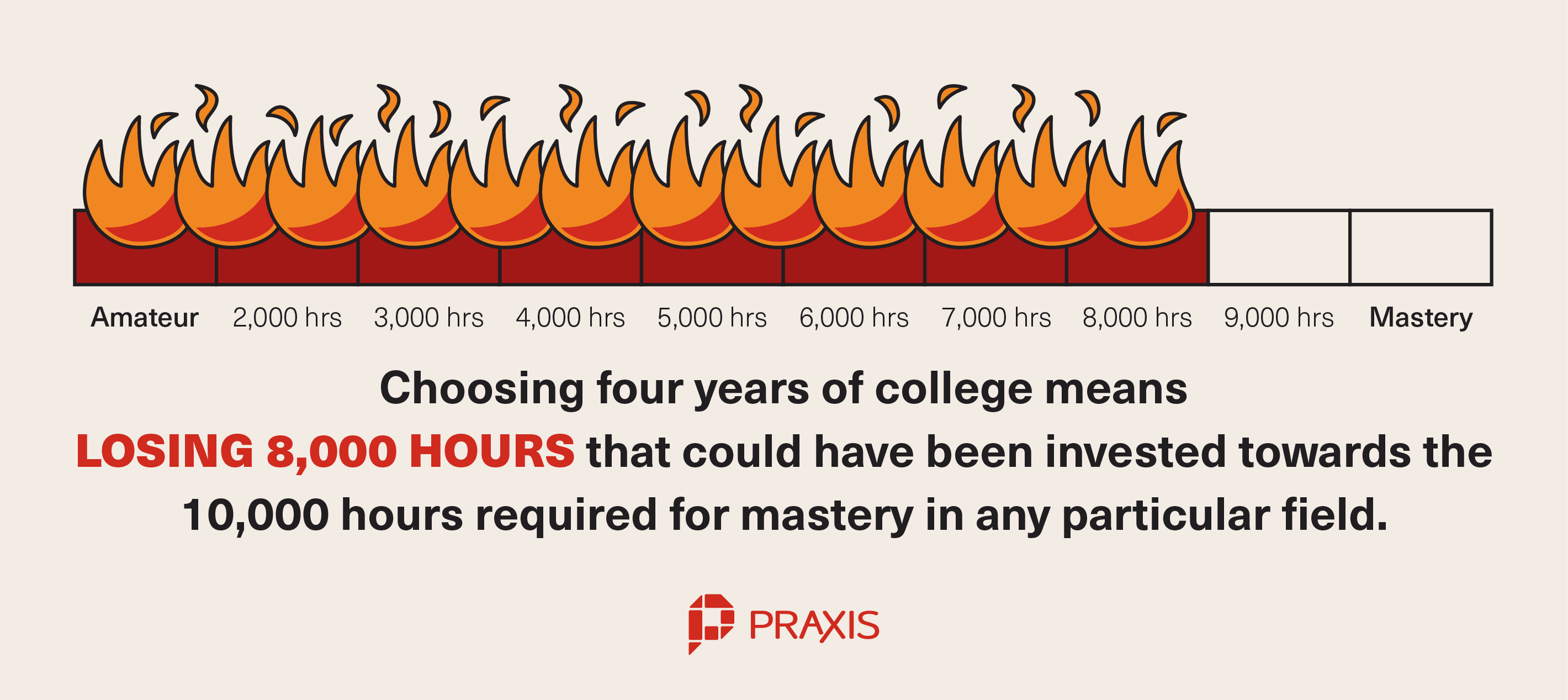
90. College is tough. Many students experience anxiety and struggle with the academic and social demands of college.
91. According to data from the Anxiety and Depression Association of America, 30 percent of college students say that stress has affected their academic performance. 85 percent of students say they have felt overwhelmed within the past year. 24.5 percent of college students reported using psychotropic medication.
92. Between 2007 and 2017, the use of campus mental health services at 196 schools increased from 19 percent to 34 percent, according to a recent study.
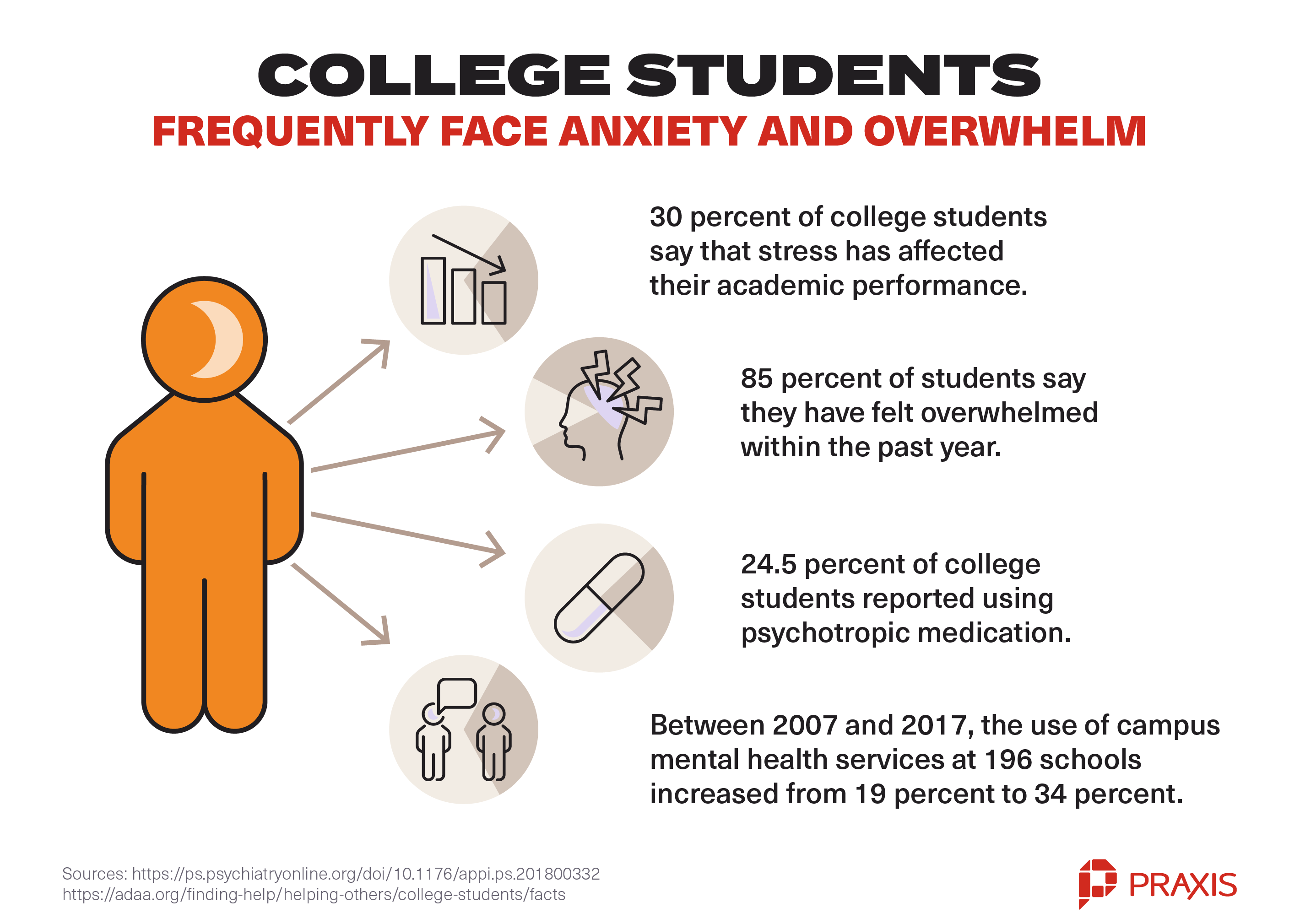
93. If you never liked school, you’re unlikely to enjoy college. College is more difficult and strenuous than high school.
94. College is worth less as a signal now due to degree inflation. The more people have college degrees, the less they’re worth.
95. There are more college graduates in America now than at any other point in history, with 33.4 percent of Americans aged 25 and older holding a 4-year degree, per census data.
96. Most college curricula are hopelessly outdated and can’t keep up with the current state of the world, technology, or the latest events in your industry. Meanwhile, online courses and content creators are consistently publishing new content based on the most recent information.
97. You could become a freelance marketer today with no formal marketing training. Everything you need to get started can be learned online.
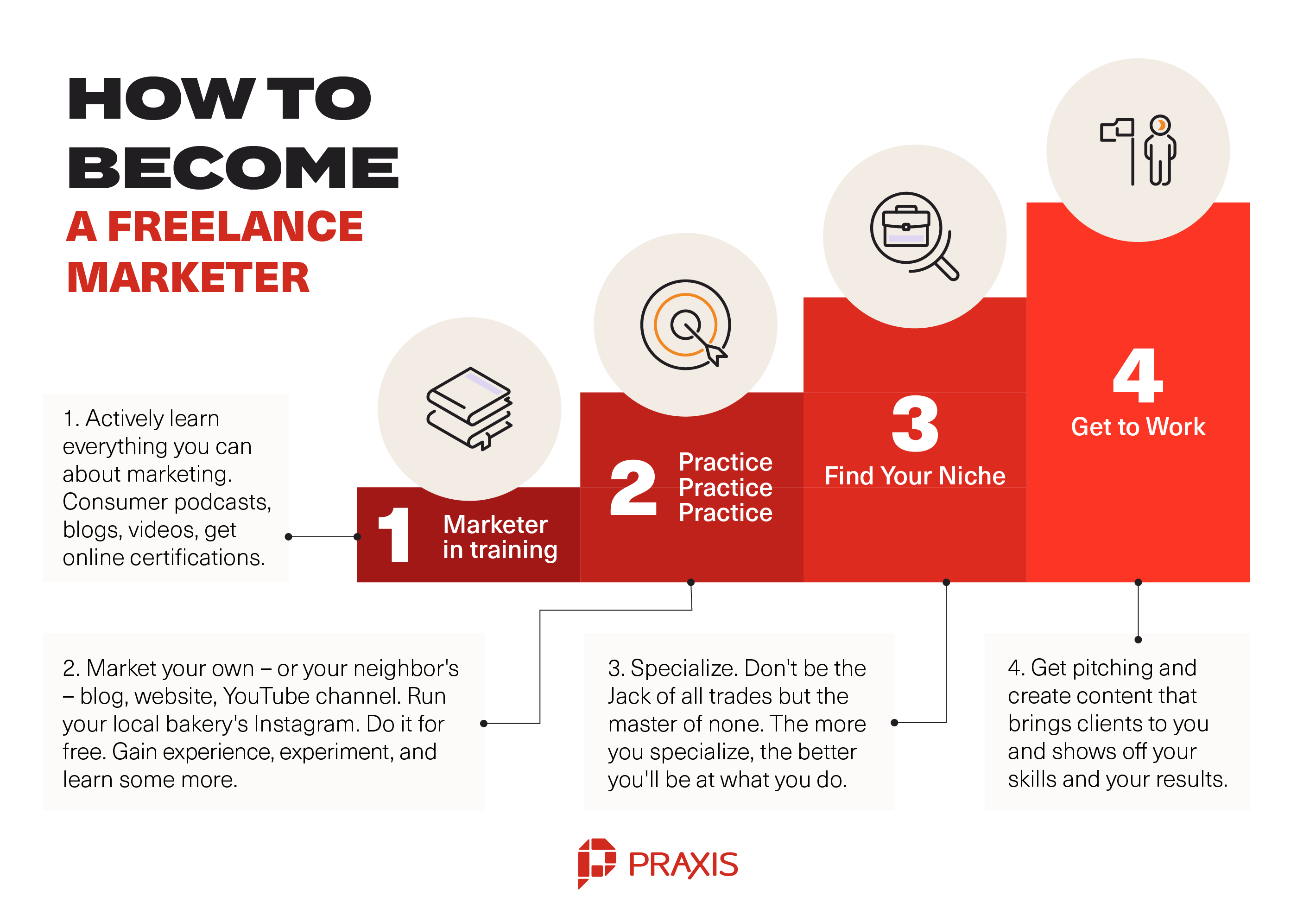
98. There is a growing demand for skilled tradespeople like welders, electricians, plumbers, construction workers, machinists, HVAC technicians, and more. 62 percent of firms are struggling to fill important trade positions, according to Adecco. Becoming qualified as a tradesperson takes far less time than four-year college.
99. You could make a decent living from monetizing your hobbies, whether that’s as a photographer, video editor, YouTuber, or eSports gamer (to name just a few).
100. There will never be a better time than right now to travel, take risks, make mistakes, and pick yourself up and brush yourself off and do it all again. When you’re young and have few expenses and the stakes are low, it’s a lot easier to take the leap.
101. The average starting annual income for Praxis graduates is $50K per year. The Praxis program puts you in the driver’s seat, only takes a year to complete, and equips you with practical skills and experience – and guarantees you a full-time job.
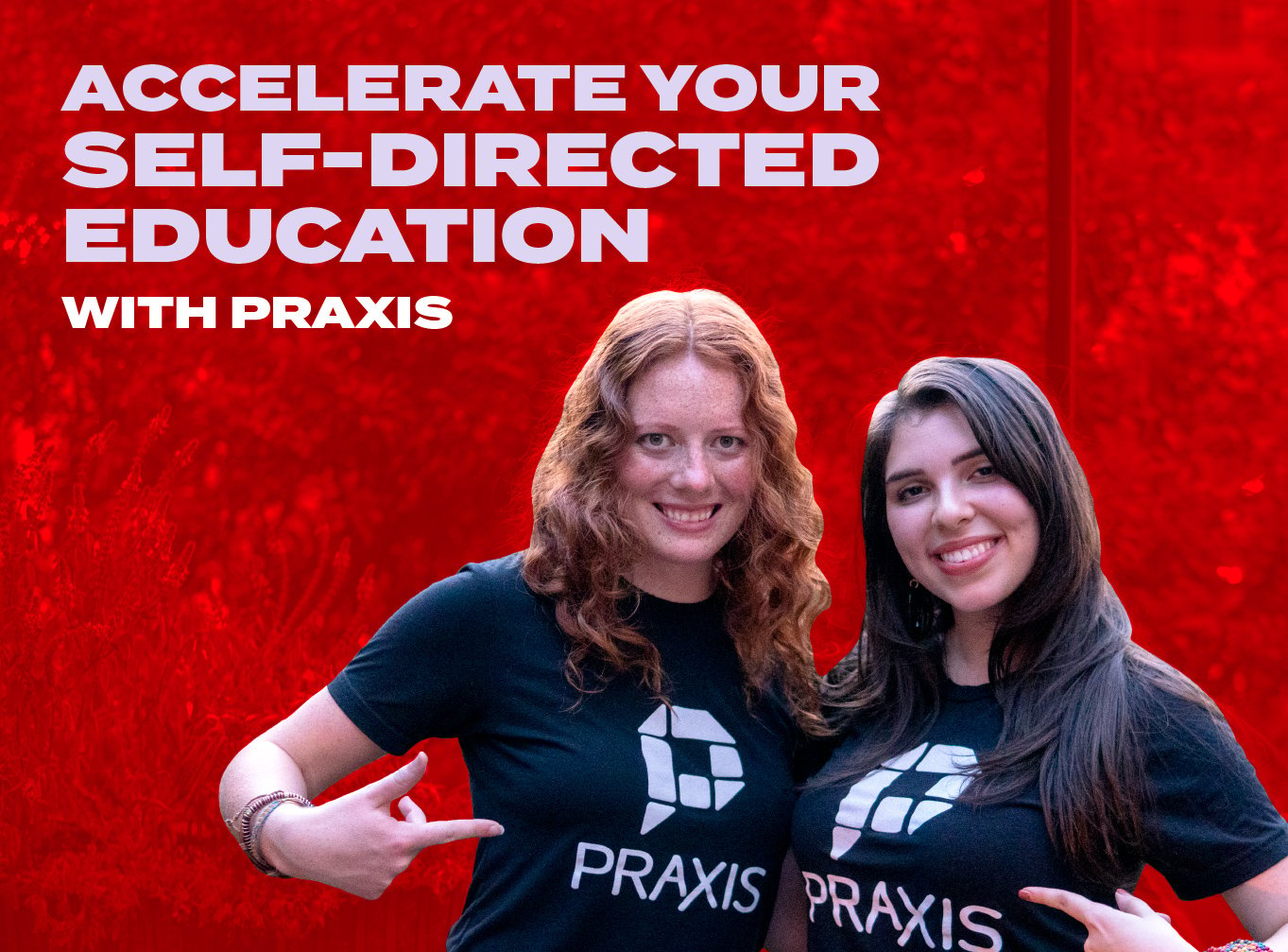
January 8, 2024
